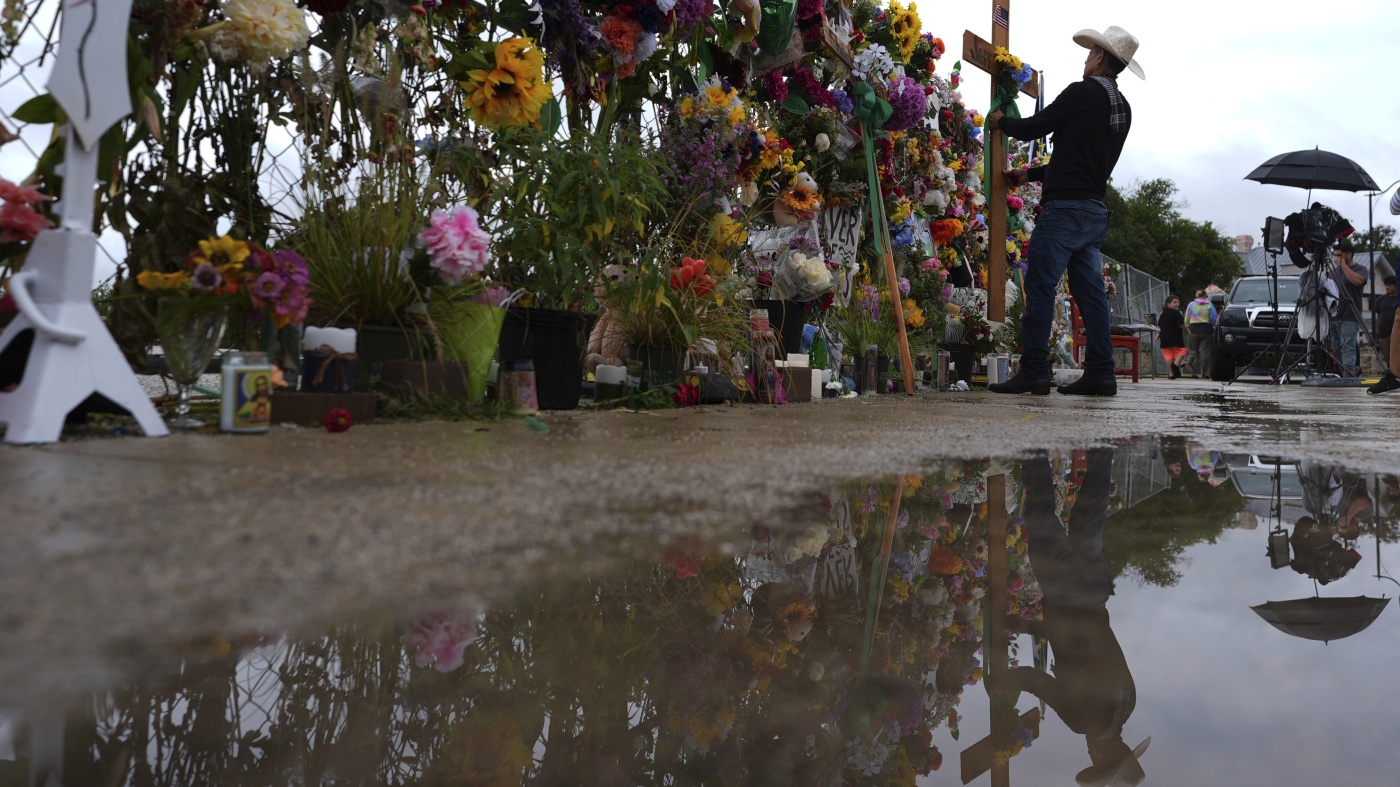From Despair to Hope: The Texas Flood Recovery
The Unforgiving Force of Nature
The July 4th floods in Texas were a stark reminder of nature’s unpredictability and power. What began as a festive holiday weekend along the Guadalupe River in Kerr County quickly descended into chaos. The river, swollen by relentless rainfall, transformed from a recreational haven into a raging torrent. The devastation was swift and merciless, leaving behind a landscape of destruction and a community grappling with unimaginable loss.
The initial reports were grim. The death toll climbed steadily as rescue teams recovered bodies from the floodwaters. The number of missing individuals soared, reaching alarming figures. In Kerr County alone, nearly 100 people were initially unaccounted for. The scale of the disaster prompted an unprecedented response, with local authorities, state agencies, and federal resources converging to mount a massive search and rescue operation.
The Human Cost of Disaster
The aftermath of the floods was not just a physical landscape of destruction but also a profound emotional and psychological toll on the community. Families were torn apart, with loved ones swept away by the raging waters. The uncertainty of not knowing the fate of missing relatives was agonizing. Each passing day brought a mix of hope and despair, as rescue teams worked tirelessly to locate survivors and recover the deceased.
The transient nature of the population along the Guadalupe River during the holiday weekend added complexity to the situation. Many visitors were from out of town, making it difficult to ascertain the exact number of people who were present when the floods struck. This challenge made it harder for authorities to compile an accurate list of the missing and to effectively manage the search and rescue efforts.
The Resilience of the Human Spirit
Amidst the despair, a story of resilience and determination began to emerge. As the days turned into weeks, the number of missing individuals started to decrease. This was not due to miraculous rescues but rather to the diligent work of authorities in accounting for those who had initially been reported missing. Many individuals who were initially listed as missing were later found to be safe, having either evacuated the area on their own or having been misidentified in the chaotic aftermath of the floods.
This reduction in the number of missing provided a glimmer of hope amidst the despair. While the loss of life remained profound, the realization that some of those feared lost were actually safe offered a measure of relief to the community. The continued search for the remaining missing individuals is a testament to the unwavering commitment of the authorities and the community to provide closure to the families affected by the tragedy.
The Long Road to Recovery
With the search and rescue efforts winding down, the focus is now turning towards the long and arduous process of recovery. The floods have left a trail of destruction, damaging homes, businesses, and infrastructure. Rebuilding these communities will require a sustained effort from local residents, government agencies, and volunteer organizations.
The recovery process will involve a range of activities, including debris removal, infrastructure repair, and the provision of housing and support services to those who have been displaced by the floods. It will also require addressing the emotional and psychological needs of the community, as residents grapple with the trauma of the disaster.
President Donald Trump signed a major disaster declaration for Kerr County, activating the Federal Emergency Management Agency (FEMA) to provide assistance to the affected areas. This declaration will unlock federal resources to support the recovery efforts and help the community rebuild.
Preparing for the Future
The Texas floods serve as a stark reminder of the power and unpredictability of nature. As communities rebuild, it is essential to learn from this experience and to take steps to mitigate the impact of future disasters. This includes improving flood warning systems, strengthening infrastructure to withstand extreme weather events, and promoting public awareness of flood risks. It also involves developing comprehensive emergency response plans and ensuring that communities have the resources they need to effectively respond to disasters.
A Community United
In the face of tragedy, the people of Texas have demonstrated remarkable resilience, compassion, and determination. Neighbors have helped neighbors, volunteers have poured into the affected areas, and communities have come together to support one another. This spirit of unity and collaboration is a source of hope as Texas embarks on the long road to recovery.
A New Dawn
The July 4th floods in Texas will forever be etched in the memories of those who were affected. The loss of life, the destruction of property, and the emotional toll on the community have been profound. Yet, amidst the darkness, a story of resilience, hope, and recovery is emerging. As the number of missing individuals dwindles and the focus shifts towards rebuilding, the people of Texas are demonstrating their unwavering spirit and determination to overcome this tragedy and to create a stronger, more resilient community for generations to come. The road ahead will be long and challenging, but with the support of one another and the unwavering spirit of Texas, they will rise again.

